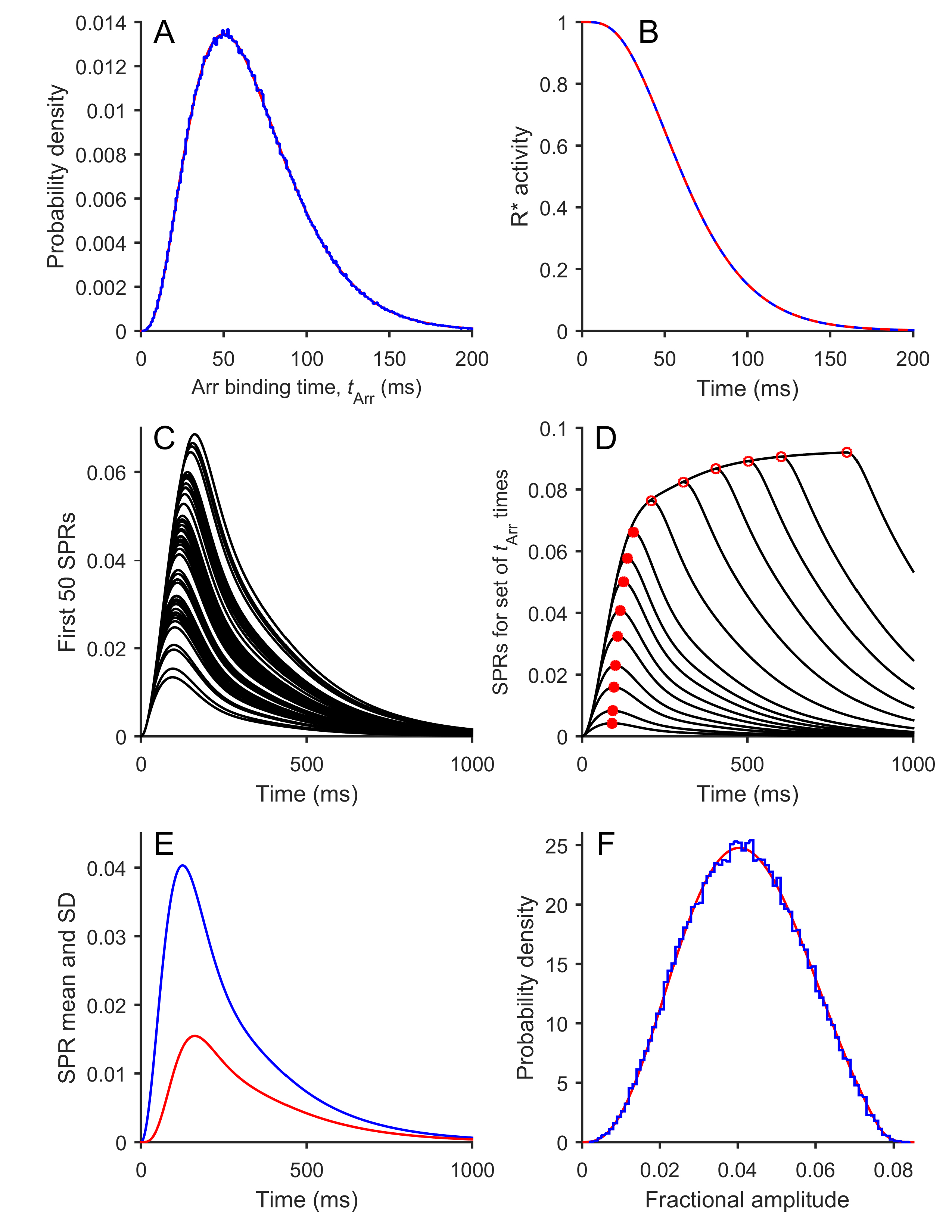Figure 3. Results of simulation of Model 2 (Binary model). The equations for Model 2 were simulated numerically using
M = 3 and ν = μ = 60 s
−1 for the stochastic parameters (
Table 1) and with the downstream parameters from
Table 2; the flash duration was set to zero. The number of simulations of R* activity in panels
A and
B was 10
6, while for the subsequent panels the downstream reactions were integrated using the first 50 R* simulations (panel C) or
the first 10
5 R* simulations (panels
E and
F).
A: Distribution of times to Arr binding for the 10
6 simulations (blue trace). The red trace is the theoretical prediction of Equation (0.3).
B: Mean
R*(
t) time course for the 10
6 simulations (dashed blue trace). The red trace is the theoretical prediction obtained using Equation (2.3). The blue trace
is drawn dashed, as otherwise it would have completely obscured the theoretical prediction.
C: The first 50 simulated SPRs.
D: SPRs for a set of defined times to arrestin binding. Rather than being simulated stochastically, the time to arrestin binding
was instead set to 5, 10, 20, 30, 45, 60, 80, 100, 130, 200, 300, 400, 500, 600, or 800 ms. Red circles indicate the peaks.
These measurements were fit by a spline function and used to predict the expected distribution in panel
F.
E: Time course of the mean (blue) and SD (red) for the ensemble of 10
5 simulated SPRs.
F: Probability distribution of the peak amplitudes for the 10
5 simulated SPRs (blue). The smooth red trace plots the predicted distribution obtained using the approach described in the
Theory section, using Equation (2.5) and the measurements of peak amplitude from panel
D.
 Figure 3 of
Lamb, Mol Vis 2016; 22:674-696.
Figure 3 of
Lamb, Mol Vis 2016; 22:674-696.  Figure 3 of
Lamb, Mol Vis 2016; 22:674-696.
Figure 3 of
Lamb, Mol Vis 2016; 22:674-696. 